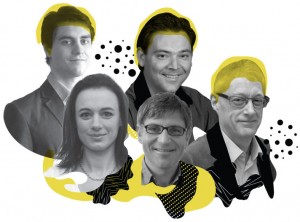
A significant amount of glycerol (bottom layer) is leftover when making biodiesel (top layer) © Bo Cheng/ETH Zurich
A sustainable method to synthesise platform chemical lactic acid from waste glycerol, a byproduct of biodiesel production, has emerged from research in Switzerland.
Collaboration between the advanced catalysis engineering and the safety and environmental technology groups at the Swiss Federal Institute of Technology (ETH) in Zurich, headed by Javier Pérez-Ramírez and Konrad Hungerbuehler, respectively, gave way to the new cascade process. Glycerol is first oxidised to give dihydroxyacetone through an established enzymatic process. Dihydroxyacetone is then isomerised over a tin-containing zeolite catalyst, which was designed by ETH Zurich team, to give lactic acid.
Interested to know more?
Take a look at the full Chemistry World article by Geri Kitley online now.
For further information also see the original research article:
Environmental and economic assessment of lactic acid production from glycerol using cascade bio- and chemocatalysis
Merten Morales, Pierre Y. Dapsens, Isabella Giovinazzo, Julia Witte, Cecilia Mondelli, Stavros Papadokonstantakis, Konrad Hungerbühler and Javier Pérez-Ramírez
Energ. Environ. Sci., 2015, DOI: 10.1039/C4EE03352C













